As a goalkeeper, you are the last line of defense for your team and must be prepared to make crucial saves that can win or lose a game. Whether you are a beginner or an experienced goalkeeper, developing and refining your skills is essential to performing at your best. In this comprehensive guide, we will explore the essential skills that every goalkeeper should master to succeed in soccer.
Communication
Communication is the foundation of good goalkeeping. You must communicate effectively with your defense to organize and coordinate your team’s defense. Good communication also includes shouting commands and directions to your defenders, making sure that they know what is expected of them. Communication also involves listening to your coach and your team’s instructions, as well as listening to your own body, to avoid injuries.
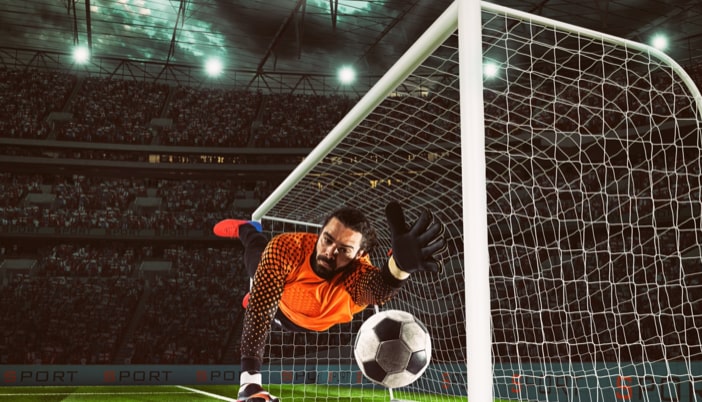
Shot-stopping
Shot-stopping is the most basic skill for a goalkeeper. It involves making saves from shots taken by opposing players. This skill requires quick reflexes, good positioning, and the ability to react quickly to the ball. It also requires good anticipation and the ability to read the game. As a goalkeeper, you should always be ready to make a save, and you should be able to react to shots from any angle.
Diving
Diving is an essential part of shot-stopping. It involves leaving your feet to make a save, and it requires good technique and control. When diving, it is important to extend your arms fully and to get as much of your body behind the ball as possible. You should also aim to get low and get your body close to the ground, as this will help you make more saves.
Crossing
Crossing is a critical skill for goalkeepers, as it involves stopping crosses from opposing players. This skill requires good timing and positioning, as well as the ability to judge the flight of the ball. As a goalkeeper, you should always be aware of where the crosses are coming from and be ready to make a save. You should also be able to anticipate where the ball will go, and be ready to react quickly to make a save.


Improve Your GameJust 1.99 p/m
Exclusive drills and sessions, get involved today!
- 100’s of Drills
- Coach to Camera Videos
- Sessions from Pro’s
- Industry Leading Advice
Command of the Area
Command of the area is the ability of a goalkeeper to control the area in front of the goal. This skill requires good positioning, quick reflexes, and the ability to anticipate the movement of the ball and the opposing players. As a goalkeeper, you should be able to control the area in front of the goal, making sure that you are in the best position to make a save. You should also be able to communicate effectively with your defense, to make sure that they are in the right position to help you.
Handling
Handling is the ability to catch and control the ball with your hands. This skill is essential for goalkeepers, as it allows you to make saves and start counter-attacks. Good handling requires good technique and control, as well as the ability to judge the flight of the ball. As a goalkeeper, you should be able to catch and control the ball cleanly, and you should be able to start counter-attacks quickly and accurately.
Distribution
Distribution is the ability to pass the ball accurately and effectively. This skill is critical for goalkeepers, as it allows you to start counter-attacks and to relieve pressure from your defense. Good distribution requires good technique, vision, and the ability to read the game. As a goalkeeper, you should be able to pass the ball accurately and effectively, to help your team create scoring opportunities.
Footwork
Footwork is an essential skill for goalkeepers, as it helps you move quickly and efficiently around the goal area. Good footwork allows you to get into the best position to make a save, and it also helps you to quickly distribute the ball to your teammates.
Goalkeeper Drills
1. Catch It Keeper!
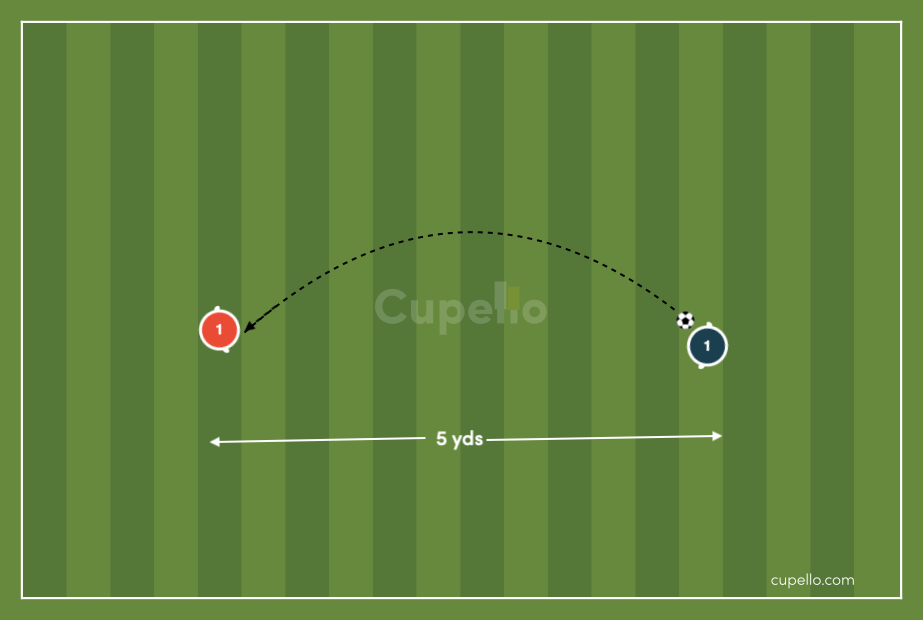
Utilizing the most effective technique when catching the ball significantly improves the chances of your goalkeeper retaining possession, providing crucial support to your defense. By using the right approach, the goalkeeper is able to control the ball better, reducing the likelihood of it bouncing out of their grasp or being intercepted by the opposing team.
2. Distribution to Play Out
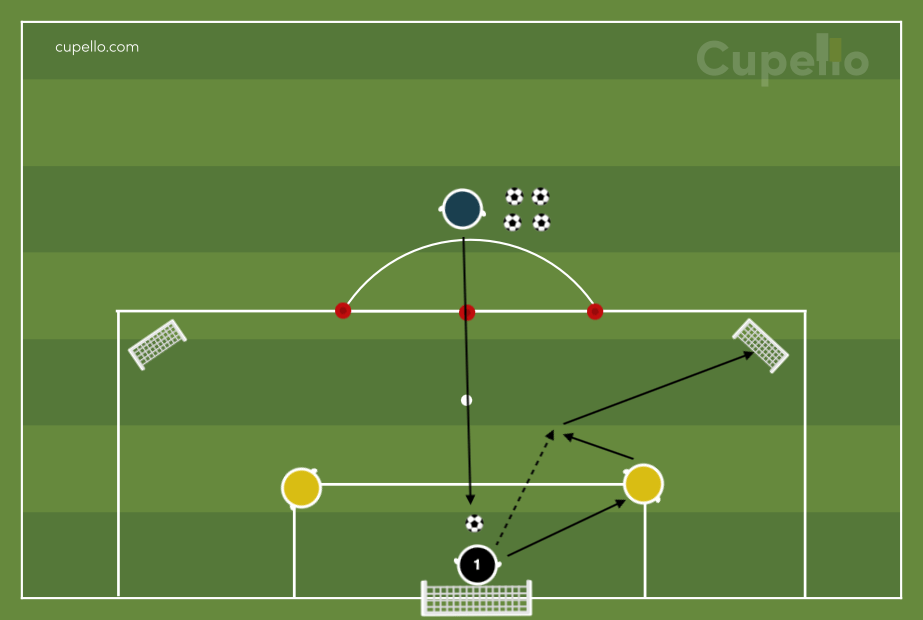
Building play from the goalkeeper is a crucial aspect of modern football, and it requires not only excellent distribution skills but also a good understanding of the game and the ability to make quick decisions. A good goalkeeper should have a range of passing options available, including throws, low driven passes, and chipped passes, to release the ball accurately and effectively to their teammates. The goal is to launch an attack and maintain possession of the ball, moving it up the field through a series of precise and well-timed passes.
3. Clear the Danger
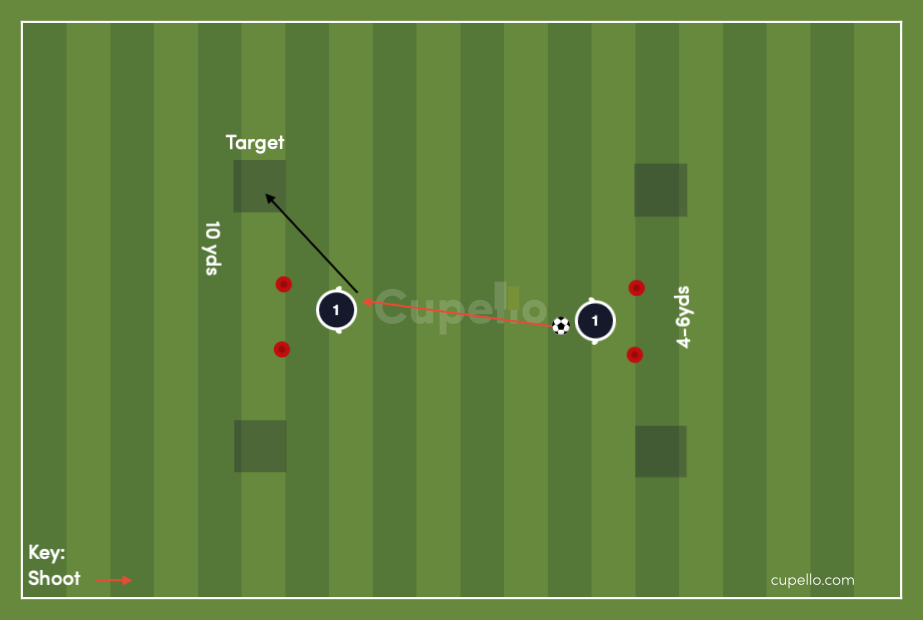
This drill is designed specifically to help goalkeepers enhance their ability to deflect incoming shots away from the critical areas of the goal. By practicing with this drill, keepers can improve their reaction time, technique, and decision-making skills, all essential qualities for a successful shot-stopper. Over time, this drill can make a significant difference in a goalkeeper's ability to defend the goal and keep their team from conceding. Whether you are a beginner or an experienced goalkeeper, this drill is a valuable tool for developing your skills.
4. React to The Shot
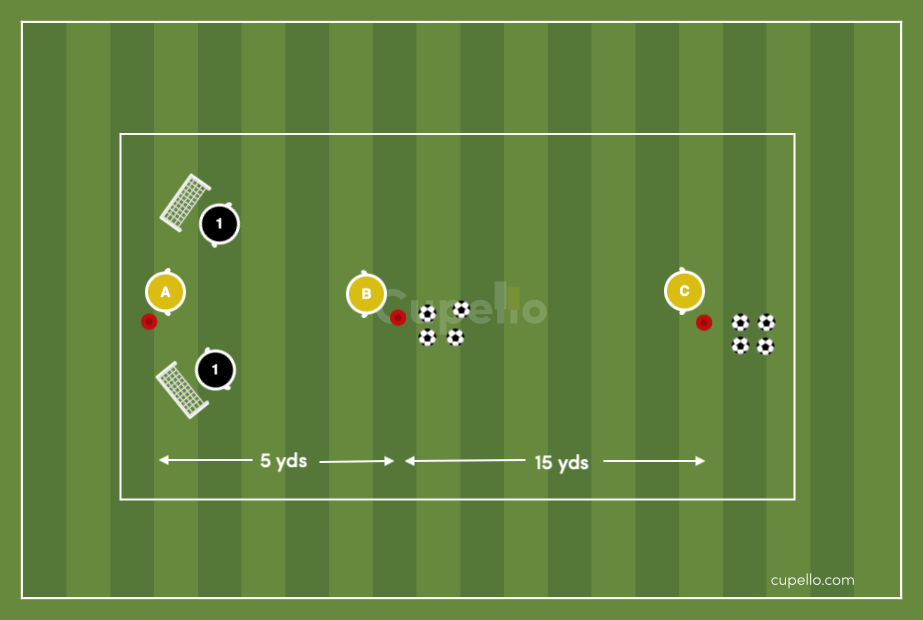
A good goalkeeper should always be ready to react when faced with a shot and be able to anticipate the possibility of a second shot coming in immediately after saving the first. This requires not only quick reflexes, but also mental preparation, focus, and an ability to stay calm under pressure. By focusing on these aspects of the game, keepers can be confident that they will be ready to react and make important saves when their team needs them the most.
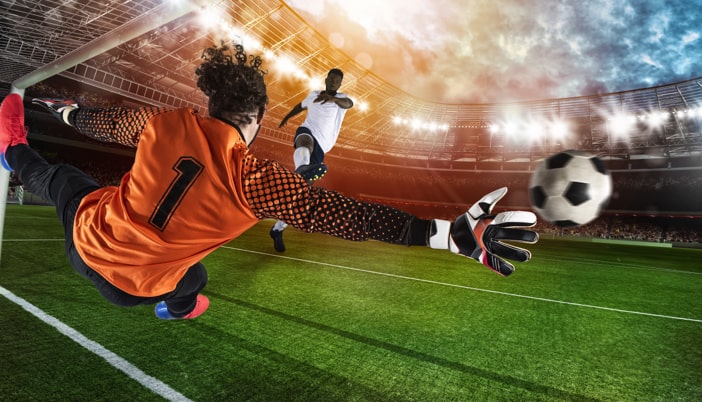
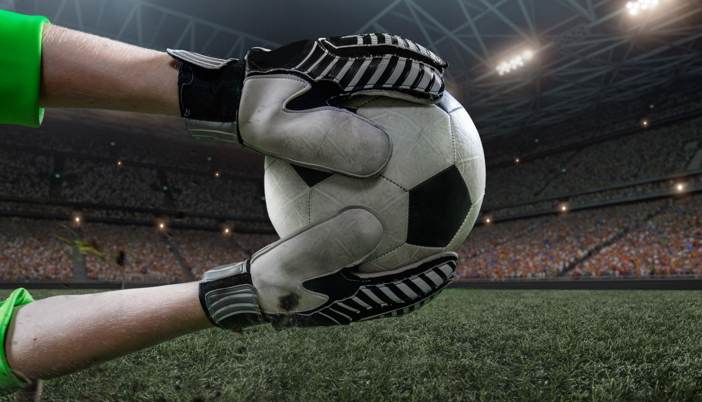
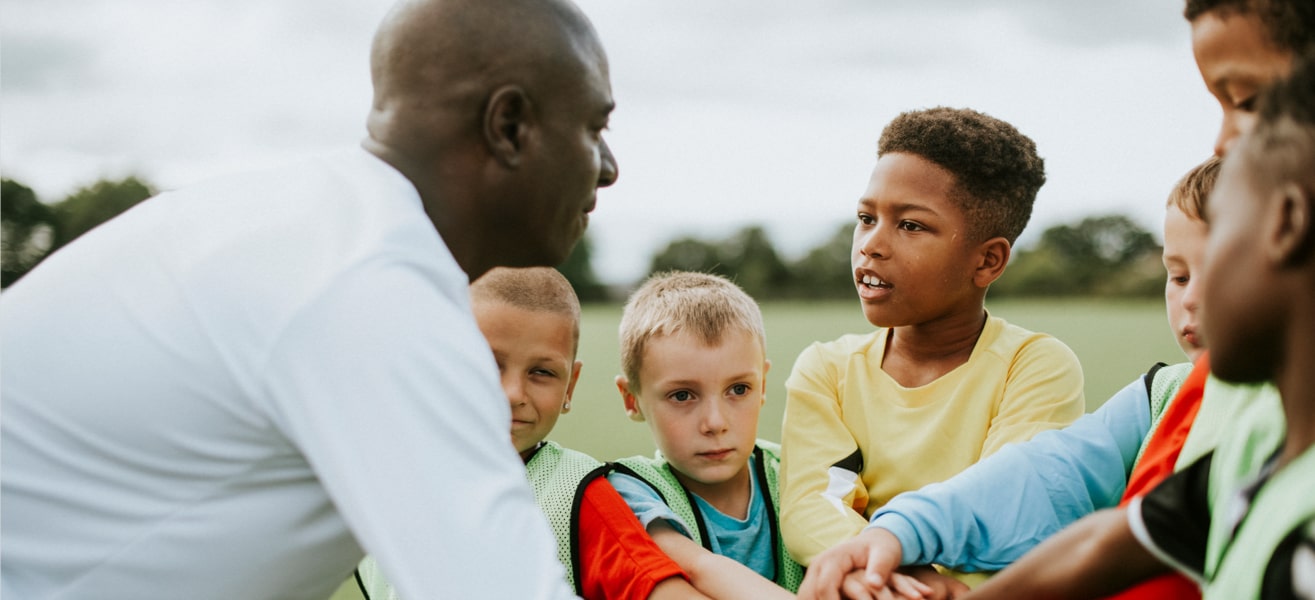
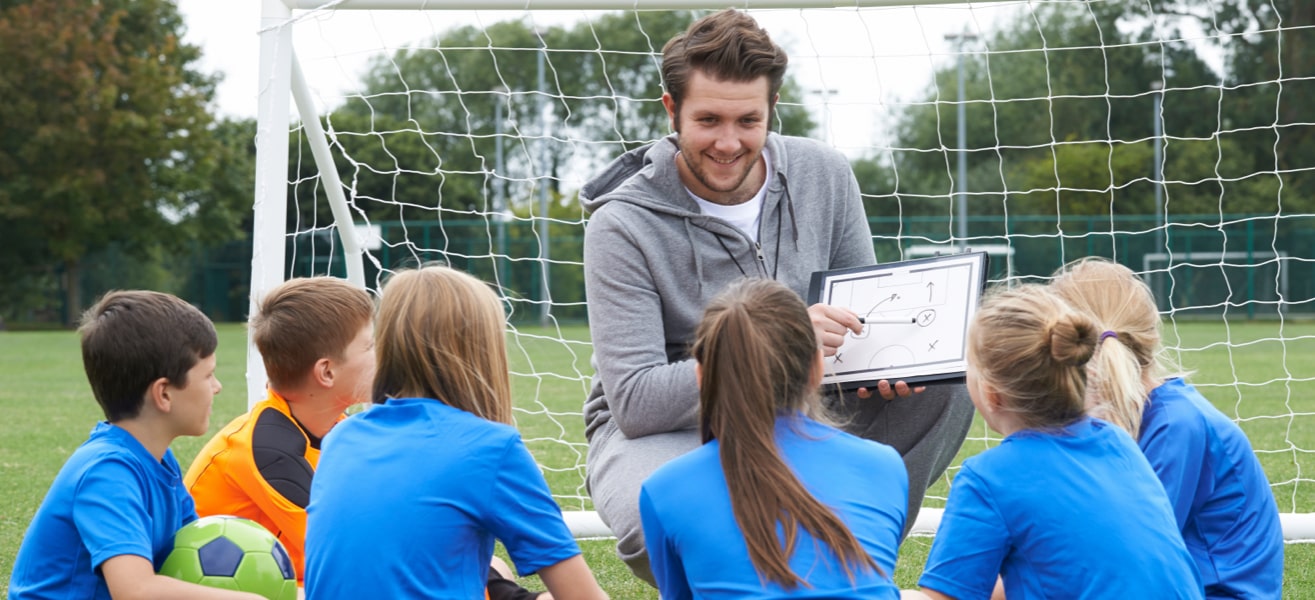
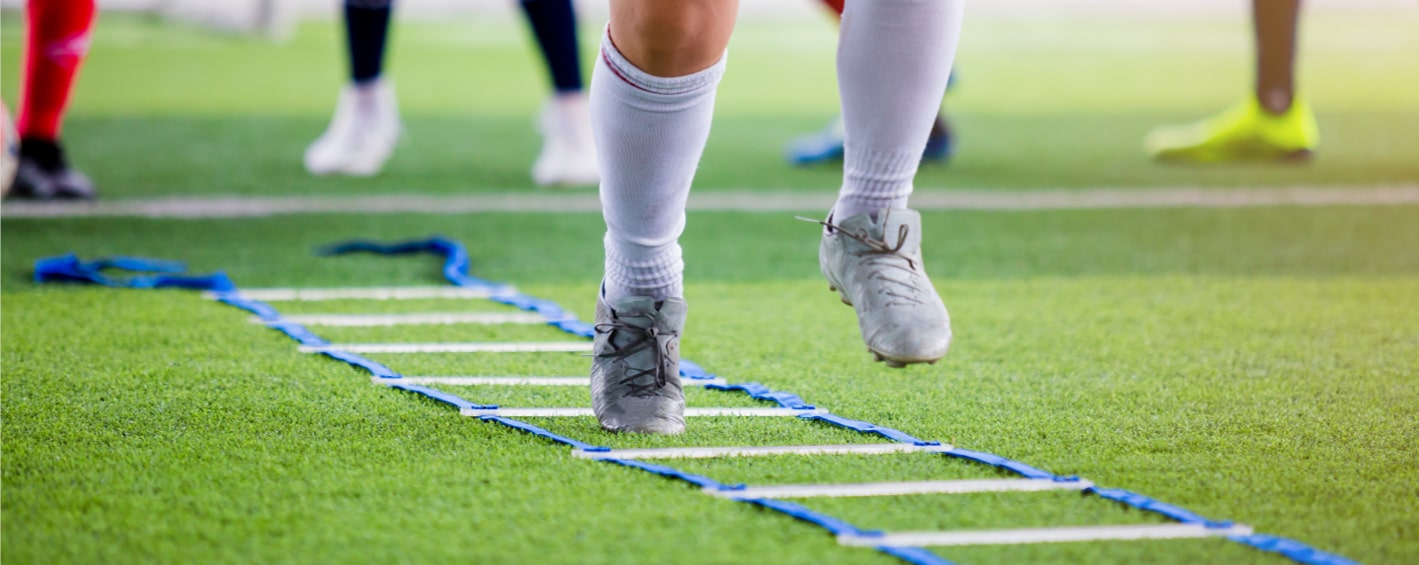
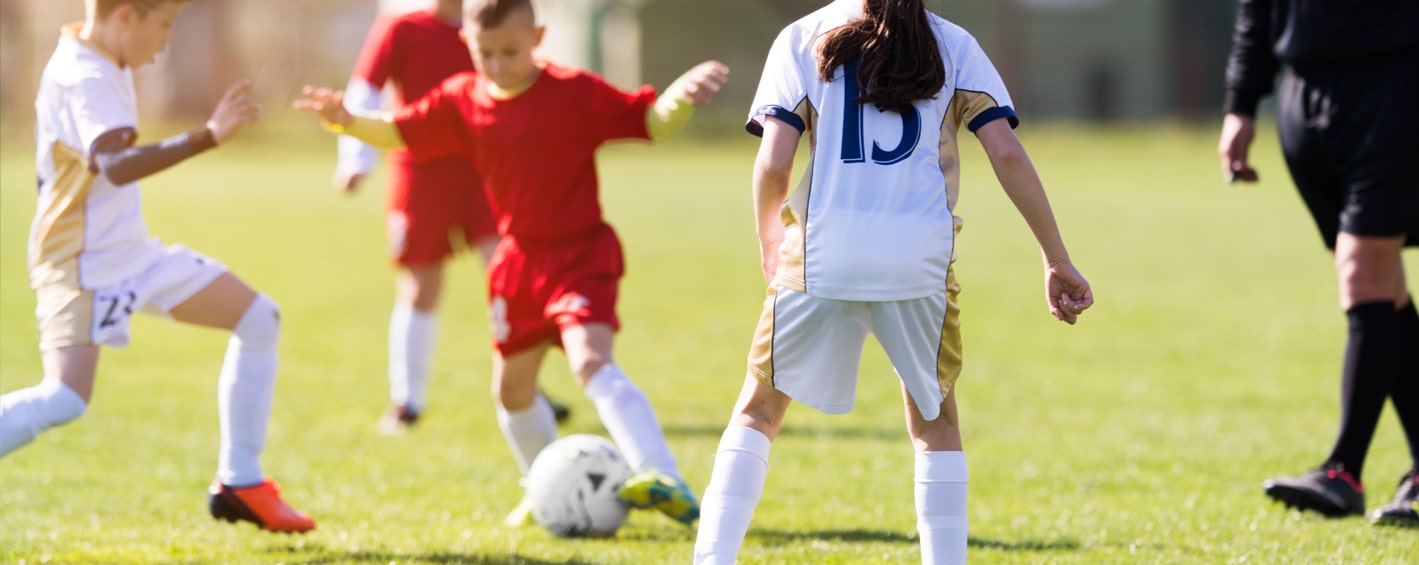
Cupello
Rethinking soccer coaching via our industry leading tools. Built to offer effective coaching development solutions for players and coaches of all levels.